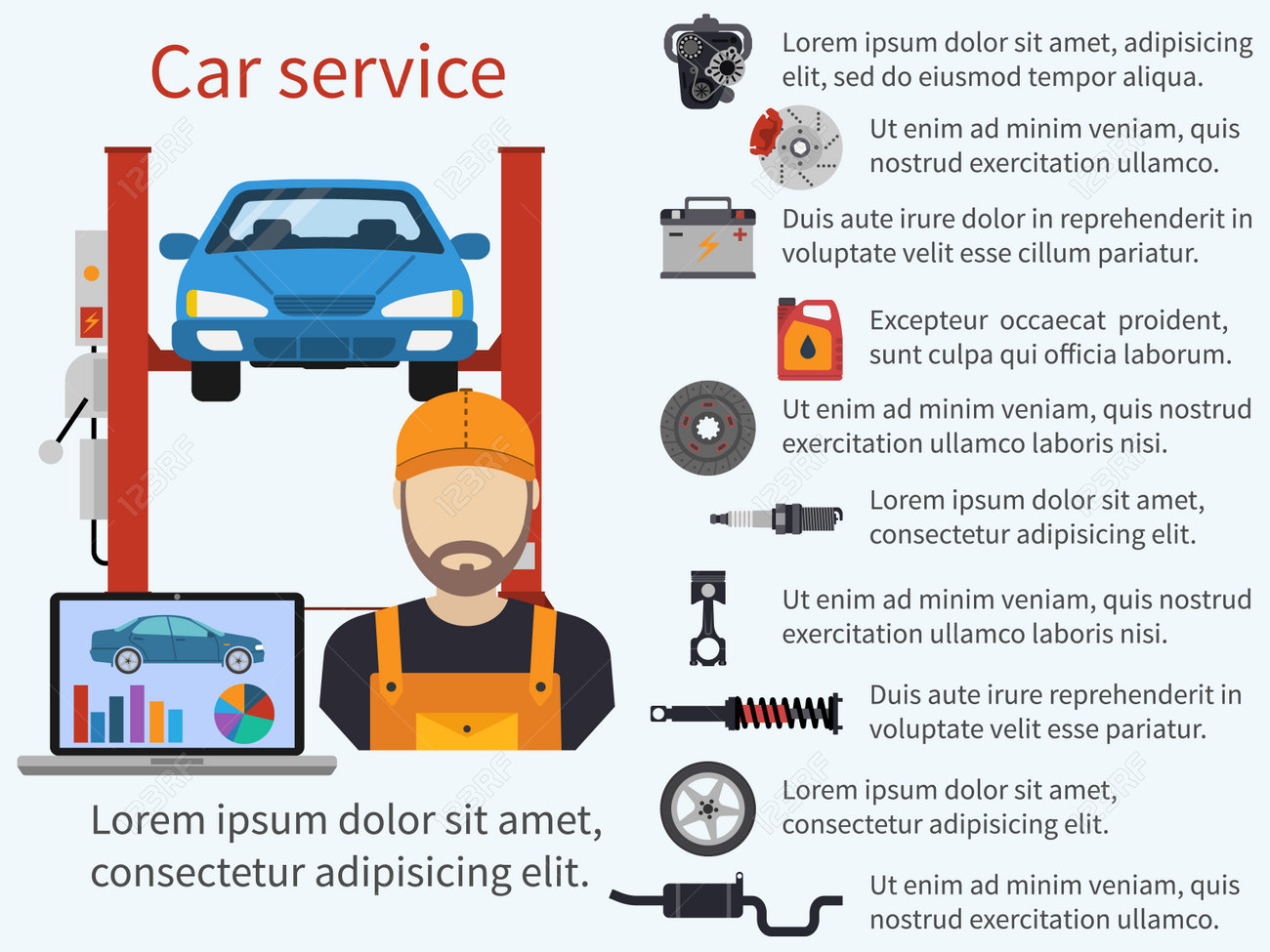Interpreting Your Vehicle'S Alert Lights: Their True Ramifications
Interpreting Your Vehicle'S Alert Lights: Their True Ramifications
Blog Article
Staff Author-Sykes Shepherd
When you lag the wheel, those beautiful warning lights on your control panel can be a little bit puzzling. Do you understand what they're attempting to inform you concerning your automobile's wellness? Recognizing you can try these out of these lights is essential for your safety and the durability of your car. So, visit the following website page following time among those lights pops up, would not you intend to decode its message properly and take the necessary steps to resolve it?
Common Caution Lighting and Interpretations
Determine common warning lights in your cars and truck and recognize their definitions to ensure risk-free driving.
One of the most regular warning lights include the check engine light, which signifies concerns with the engine or discharges system. If this light comes on, it's vital to have your vehicle checked quickly.
The oil stress alerting light indicates low oil pressure, requiring immediate interest to stop engine damage.
A blinking battery light might recommend a damaged billing system, potentially leaving you stranded otherwise attended to.
The tire pressure surveillance system (TPMS) light alerts you to low tire stress, influencing automobile security and gas effectiveness. Neglecting this might bring about dangerous driving conditions.
The abdominal light indicates a trouble with the anti-lock braking system, jeopardizing your ability to stop swiftly in emergency situations.
Finally, the coolant temperature level alerting light warns of engine overheating, which can cause extreme damages otherwise fixed swiftly.
Understanding these typical caution lights will certainly help you attend to issues without delay and preserve secure driving conditions.
Value of Prompt Attention
Understanding the common warning lights in your auto is just the very first step; the importance of quickly attending to these warnings can't be emphasized sufficient to guarantee your safety on the road.
When a caution light brightens on your control panel, it's your cars and truck's way of connecting a possible issue that requires focus. Disregarding these warnings can result in much more serious troubles later on, jeopardizing your safety and security and possibly costing you extra in repairs.
Motivate attention to advising lights can stop breakdowns and mishaps. As an example, a blinking check engine light could suggest a misfire that, if left neglected, might trigger damage to the catalytic converter. Addressing this promptly can save you from an expensive repair.
In a similar way, a brake system advising light may signal reduced brake liquid or worn brake pads, crucial elements for your safety when driving.
Do It Yourself Troubleshooting Tips
If you notice a warning light on your control panel, there are a couple of do it yourself repairing pointers you can attempt before looking for professional aid.
The first step is to consult your automobile's guidebook to understand what the particular caution light shows. Often the issue can be as straightforward as a loose gas cap activating the check engine light. Tightening up bestcarinteriorcleanernz might resolve the problem.
Another common issue is a reduced battery, which can trigger various alerting lights. Checking the battery connections for corrosion and guaranteeing they're secure might deal with the trouble.
If a warning light persists, you can attempt resetting it by detaching the cars and truck's battery for a couple of mins and then reconnecting it. In addition, inspecting your vehicle's liquid levels, such as oil, coolant, and brake liquid, can aid repair advising lights related to these systems.
Conclusion
In conclusion, recognizing your vehicle's warning lights is important for maintaining your car running smoothly and safely. By without delay attending to these alerts and recognizing what they mean, you can prevent expensive repairs and prospective malfunctions.
Bear in mind to consult your car's handbook for certain details on each warning light and take action as necessary to make certain a hassle-free driving experience.
Stay informed, stay safe when driving!
